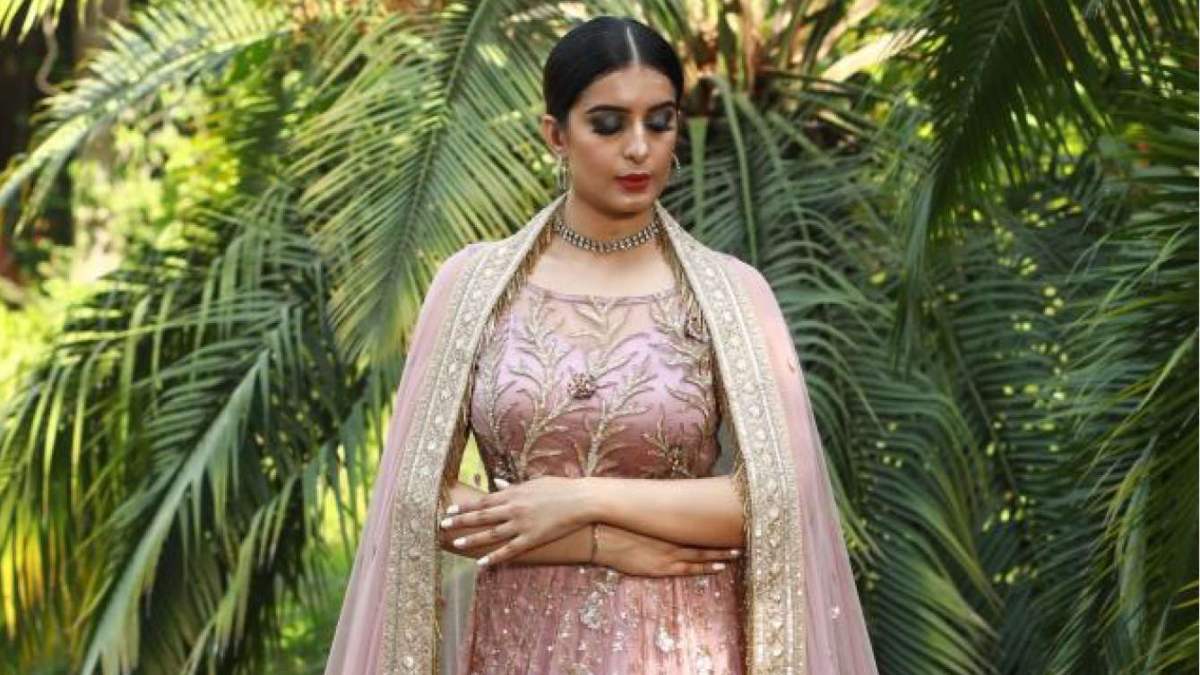


In 2015, for a fashion brand — which was handmade, rich and rare — to come alive was a tedious and expensive, but predictable, process. You placed a full-page ad in a leading daily, got a star to say it is good (in fact, great), hosted a champagne brunch, got on Page 3, paid for the Page 3 presence and, voila, you were launched. Cut to 2020 and the era of WWW or the online realm and everything has turned turtle.
Today, we are seeing the steady emergence of a host of exquisitely beautiful brands that are using only the medium of online platforms, at one tenth the cost and being a hundred times more effective.
However, even here, the process is turning a tad predictable. You create a page that looks right out of an art book, add to it Pandit Jasraj’s famed Krishna bhajan or, even better, a Begum Akhtar ghazal, hand-pick a model who walks as if it is still circa 1850, and then turn the whole story sepia and, voila, your brand is born.
The next step is to usher in the pout brigade — the influencers who are not really influencing anything — get them to endorse your brand, ‘unbox’ your gift to them, and change in and out of looks at the snap of a finger. Then you see how many ‘like’ your look and feel satisfied that their 1 lakh followers have seen you. In turn, you see your followers increase too.
Now, overnight, you are an Instagram expert, feeling satisfied with the insights on your Instagram, and try to get ahead of their algorithm. Yes, now you are a brand born of social media and you yourself are a victim of it.
And as they say, welcome to Disney World, my lad! Yes, I might sound a bit old school but I love living online too, following a few brands which are doing such an exquisite job of promoting what I call truly local, almost homemade, and capturing the eye of real-time buyers just through the gravitas of their story. No, these are not FDCI members or brands which have walked a hundred ramps. These are slow fashion protagonists in the true sense who literally craft each collection as if it were a story, a fable they were telling. As Rahul Narvekar, founder of Indian Roots and now a startup evangelist, puts it, “People don’t buy products. They buy a story.
They look for a connect with what they wear, a memory, a reminder of the good times spent.” He adds, “At Indian Roots, we catapulted to fame the moment we sold a vintage shawl by Pranavi Kapoor for Rs 19,00,000. Since then, there was no looking back.” Products have to talk to you and pages have to reflect you, your persona, your likes and your dislikes. And for an old soul like me, what matters most is keeping the heritage of slow fashion alive. As Ritu Kumar recently shared, “Indian fashion is slow fashion.
Every garment you wear goes through a layer of treatments. The weaver weaves, the dyer dues, the kaarigar prints, paints or embroiders and the masterji stitches.” And finally, comes the page from where you create your story. It is here that the difference emerges. Take, for example, Baromasi, a brand of Banarasi saris which creates weaves for all the 12 months. Exquisite koras, tanchois, and kairi motifs come alive on their vintage-looking page. The generous use of regal references blends into the richness of their weaves. Then there is Pankaj S Heritage, a true master of vintage designs and rich craft practices, who catapulted to fame when he got the stunning Maharani of Baroda Radhika Raje Gaekwad to pose as a muse out of a Raja Ravi Varma painting.
He is a person who understands pichwais, knows his chikankari from his zardoz and creates tapestryinspired artsy blouses. He is a true protagonist of old fashion and on his page can be seen references to old handicraft masteries patronized by the erstwhile Maharajas. Rang Riwaaz is yet another ingenious brand which celebrates the ancient art of hand painting. Jyoti Singh, a hand paint expert, crafts saris that have the complete Ramayana hand-painted and embellished by her. It is like wearing a piece of folklore.
Then there is Surraj Kathuria’s classic kalamkaris that he couples with various silhouettes of the ubiquitous black shalwar kurta. Spectacular weaves, folk art and embroideries come together in a classic style that reminds one of the magic created by Madhu Jain in the 1980s. Another crazy creative, which is truly Indian, is the page called Suta Knotty, that calls itself slow and sensible fashion and presents weaves that reminds you of the ones you wore to college in the 1980s. Even indigenous art gets sold online magnificently today.
Like the page of Jatinder Singh Durhailay, the London based artist who interprets the miniature art of The Golden Temple in his own modern style, with parchment paper, distress art, et al. Today, if you have a quaint story to tell, you have many who will listen well and invest in it. Slow fashion is rising fast indeed in the collective palette of the discerning Indian.